Symptoms of a Gallbladder Problem
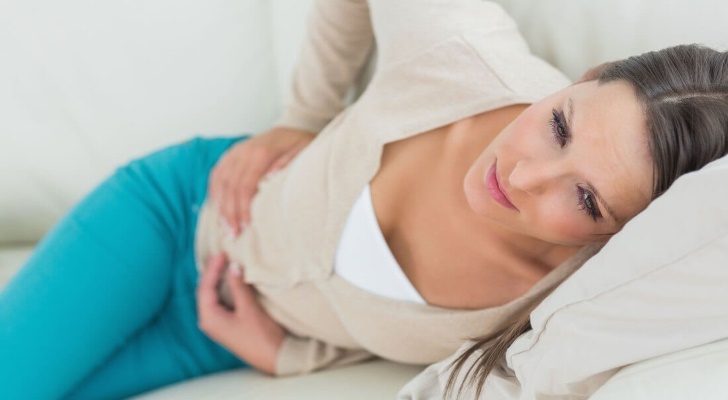
A painful ache in the right abdomen. The first symptom a person experiences when dealing with gallstones is pain. The exact location can vary, but for most people, the ache will be centered on the gallbladder, which is located just under the liver. Therefore, the pain is typically felt below the ribs on the right side of the body. The intensity of this pain can range from mild discomfort in the early stages to severe agony if the condition worsens.

Bloating, gas, and digestive issues. Gallstones can block the bile produced by the liver from entering the digestive tract, directly affecting the digestive process. This can lead to problems such as bloating, flatulence, and difficulties absorbing crucial nutrients and fats from the intestines. The pain associated with these issues, known as biliary colic, can radiate from the upper right abdomen to the shoulder region and upper back.
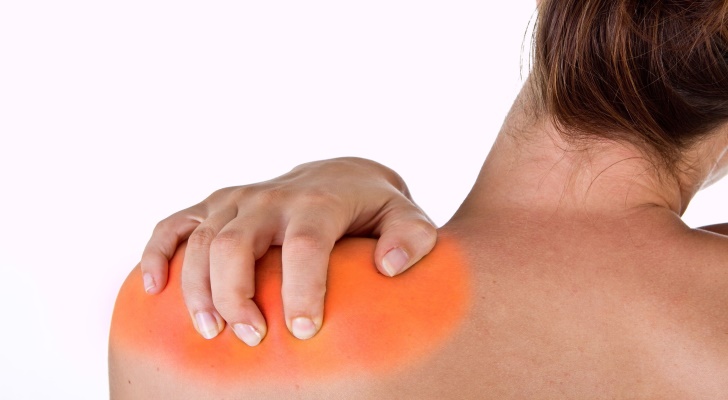
Pain radiating into the upper right back. During a gallbladder attack, nerve compression can lead to considerable pain in the upper right part of the back. This pain may extend between the shoulder blades, to the lower part of the right shoulder blade, or even to the top of the shoulder. Despite being felt in the back, this pain originates in the abdominal area. It can be sporadic, coming and going, and may worsen with certain foods.
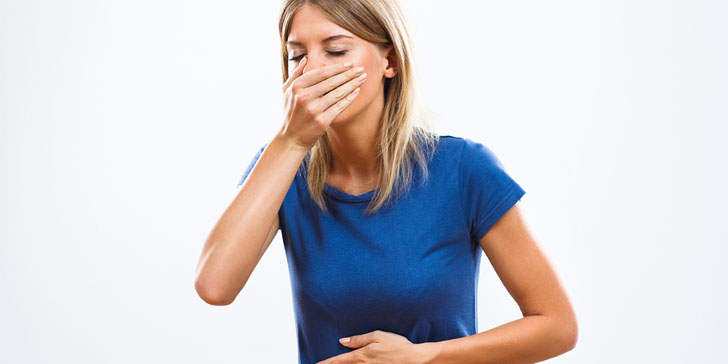
Queasiness and vomiting after eating. In the early stages, gallbladder problems often cause persistent queasiness and nausea, sometimes leading to vomiting, especially after eating. Many people find that vomiting provides some relief from gas, indigestion, and other stomach issues linked to gallbladder attacks. However, as the condition worsens, fever may accompany these vomiting episodes.
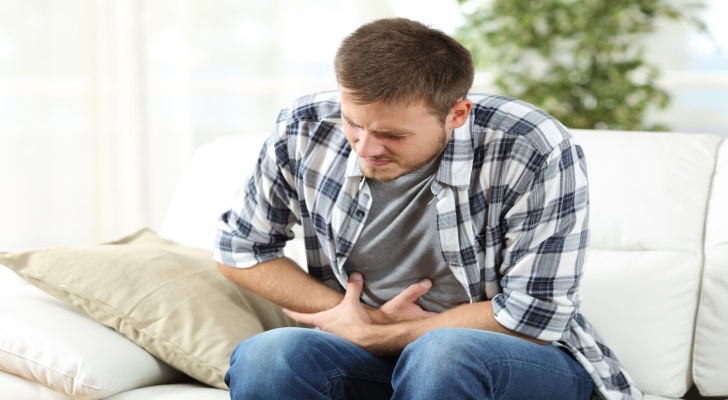
Severe digestive issues. Common symptoms of a gallbladder attack include flatulence, nausea, vomiting, and abdominal discomfort. While these symptoms can be caused by various other ailments, as the condition progresses, they may escalate into severe vomiting, intense indigestion, and eventually diarrhea. If these symptoms are accompanied by sharp pain in the right abdomen, it is likely a gallbladder attack, and medical attention is strongly advised.
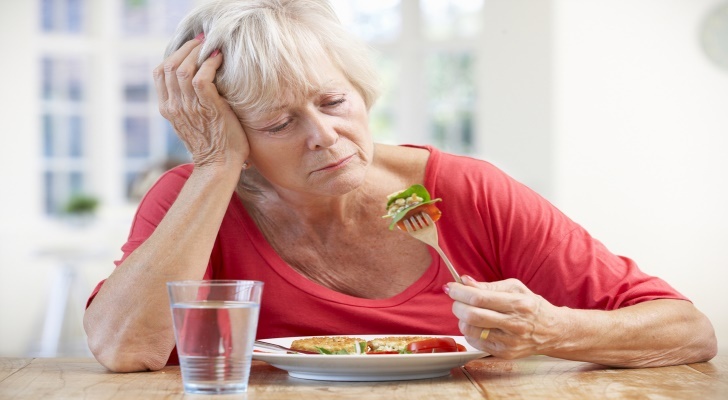
Loss of appetite. Gallbladder attacks can make eating an unpleasant experience, with major meals often causing nausea and vomiting. In severe cases, bile flow from the bile duct may be completely obstructed, further disrupting the digestive process. Gallbladder issues tend to be more pronounced in people with weakened immune systems.

Running a temperature and shivering. Fevers are usually a sign of an infection. Though gallbladder attacks don't typically cause fevers, if a patient develops a fever alongside other gallbladder symptoms, it indicates a serious condition. This often happens when a gallbladder attack progresses into an infection (cholecystitis). In this stage, patients may also experience vomiting, and complications such as gangrene or a ruptured gallbladder wall could occur, which are potentially fatal.
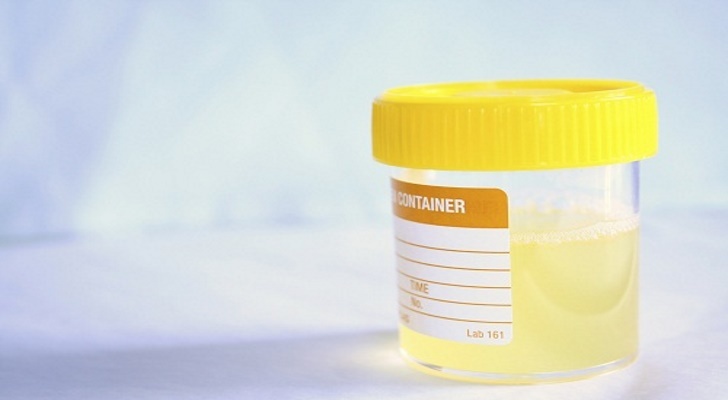
Changes in urine color. One significant indicator of gallbladder disease is dark urine, which can range from deep brown to brown with a yellowish tint. This coloration is caused by bile pigments entering the urinary tract due to the disease. Dark urine is an early warning sign, and seeking treatment at this stage can help prevent more severe complications. However, discolored urine can also indicate bladder or kidney issues.
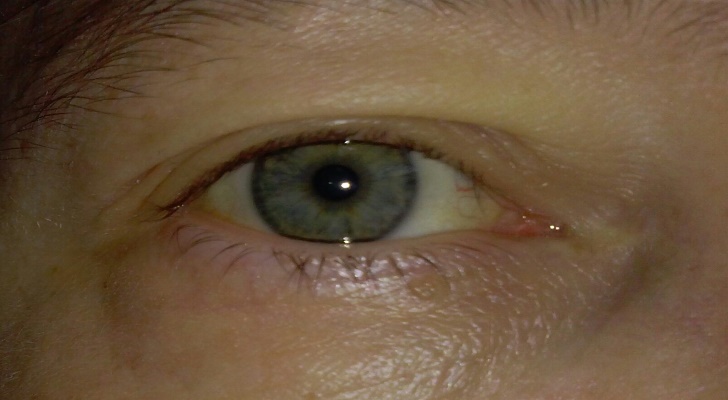
Liver dysfunction and jaundice. In severe cases of gallbladder disease, the bile duct may become infected or blocked, leading to bile buildup in the liver. Waste products, such as bilirubin, accumulate in the bloodstream, causing jaundice. Jaundice can be recognized by yellowing of the skin and the whites of the eyes. While jaundice may be associated with various health conditions, it is also a clear sign of severe gallbladder disease.
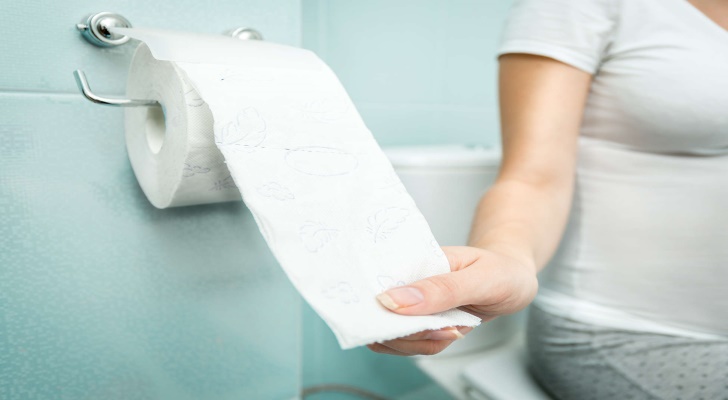
Changes in stool color and texture. Gallbladder disease can cause bile duct blockages, leading to increased fat elimination in the stool. This results in changes to the stool's color and consistency, making it appear more yellow and clay-like rather than brown and solid. If untreated, gallbladder disease can cause very loose stools, which may be accompanied by a rotten smell and other symptoms of a gallbladder attack.
